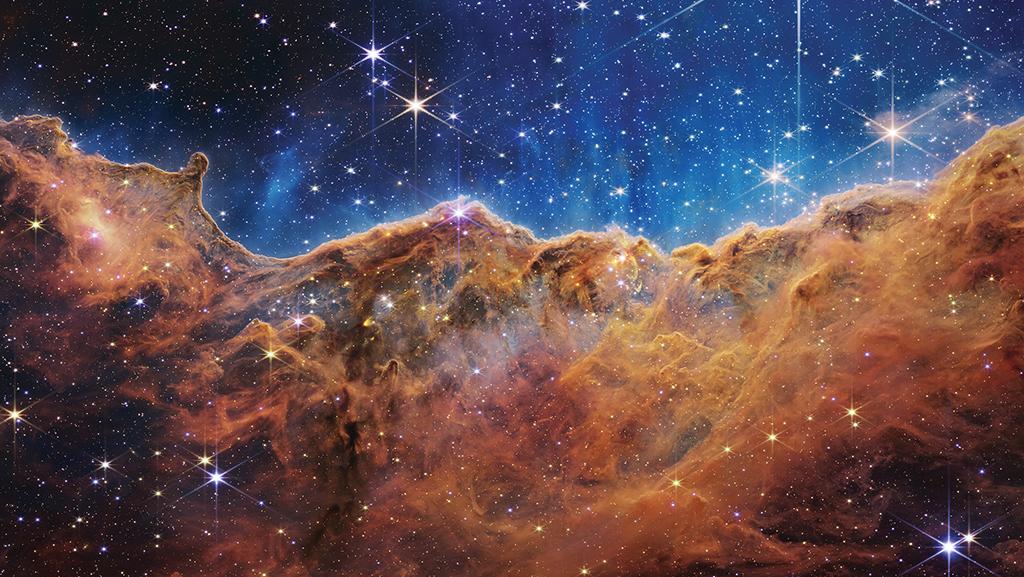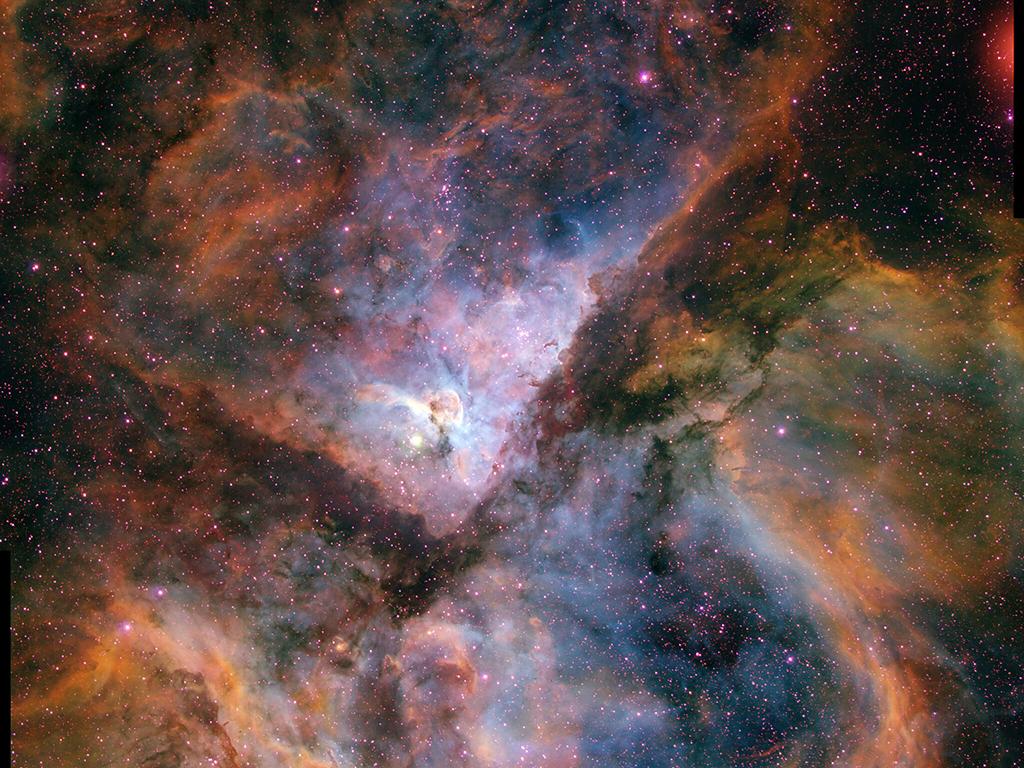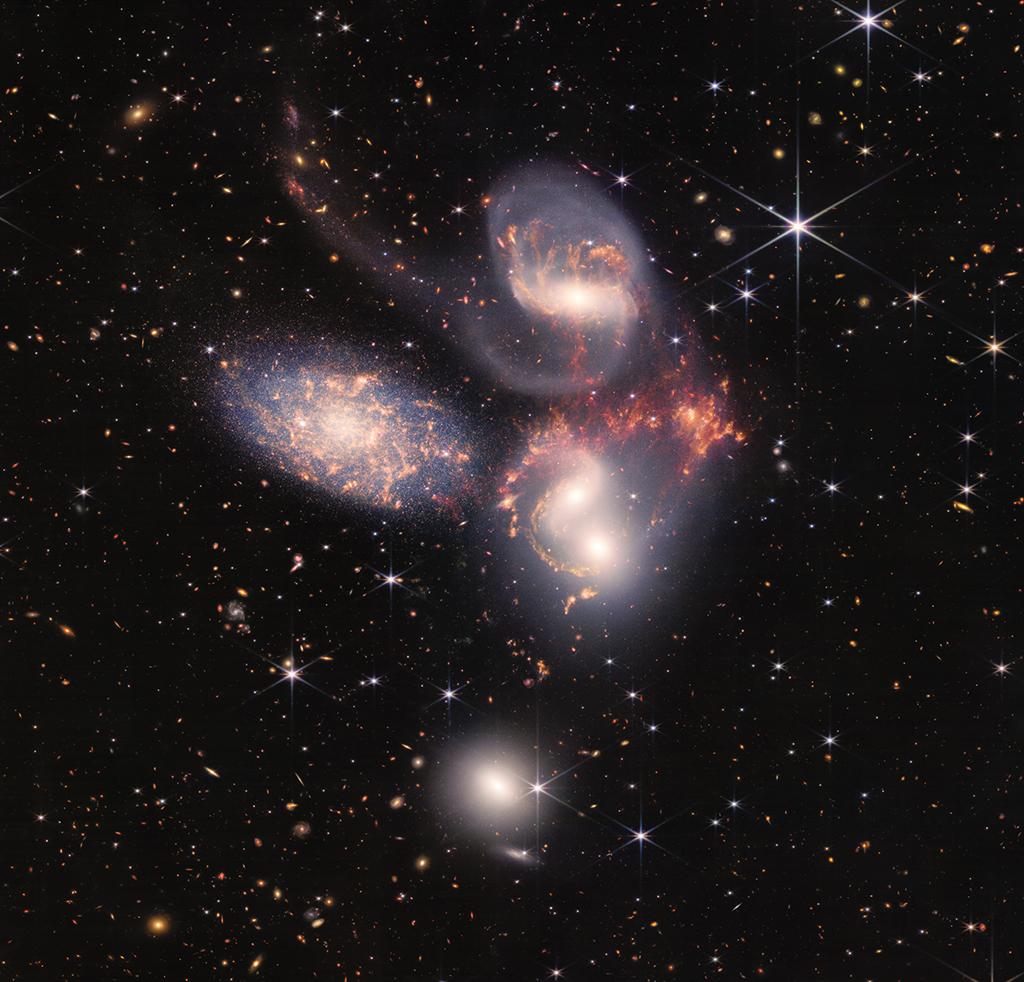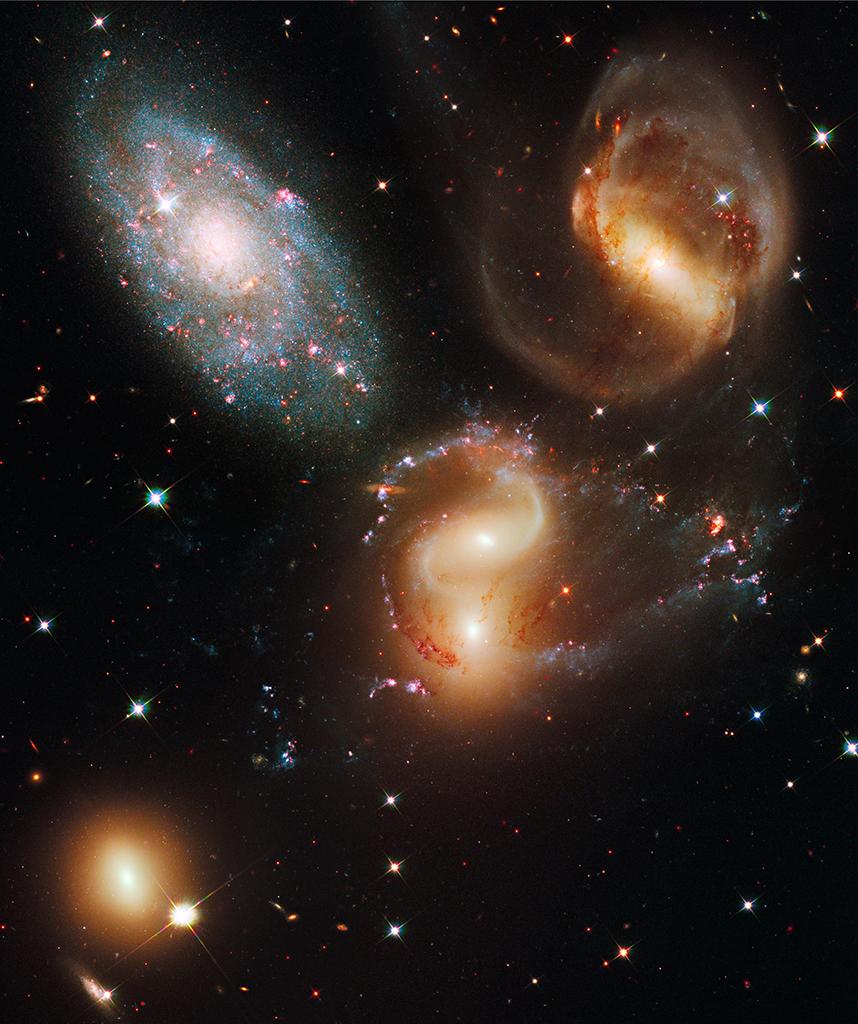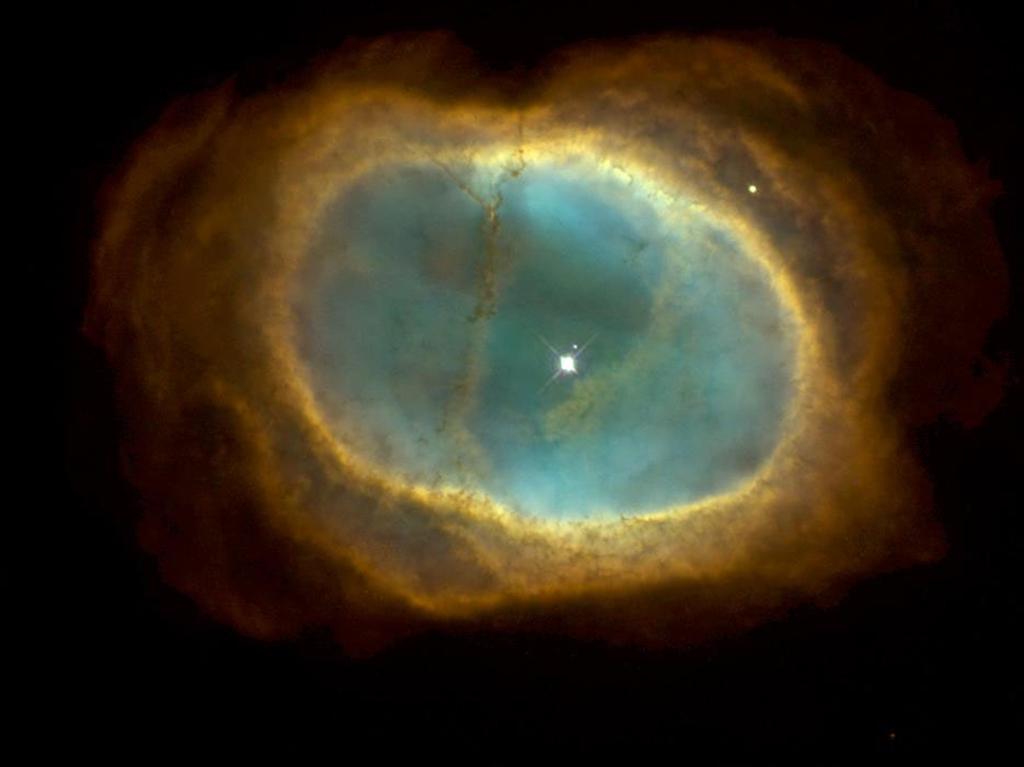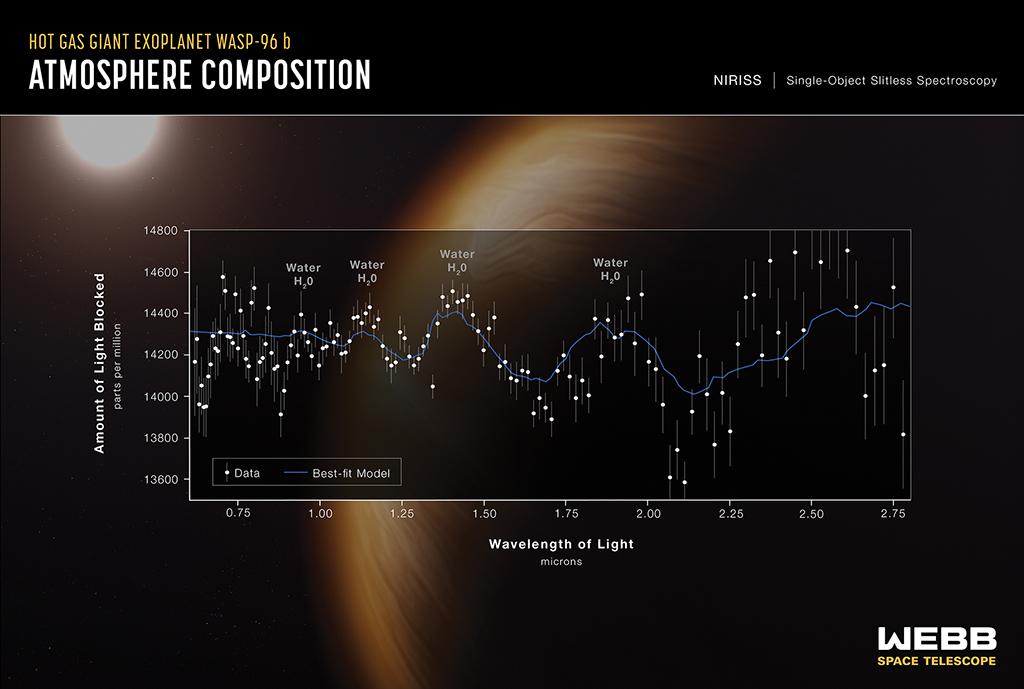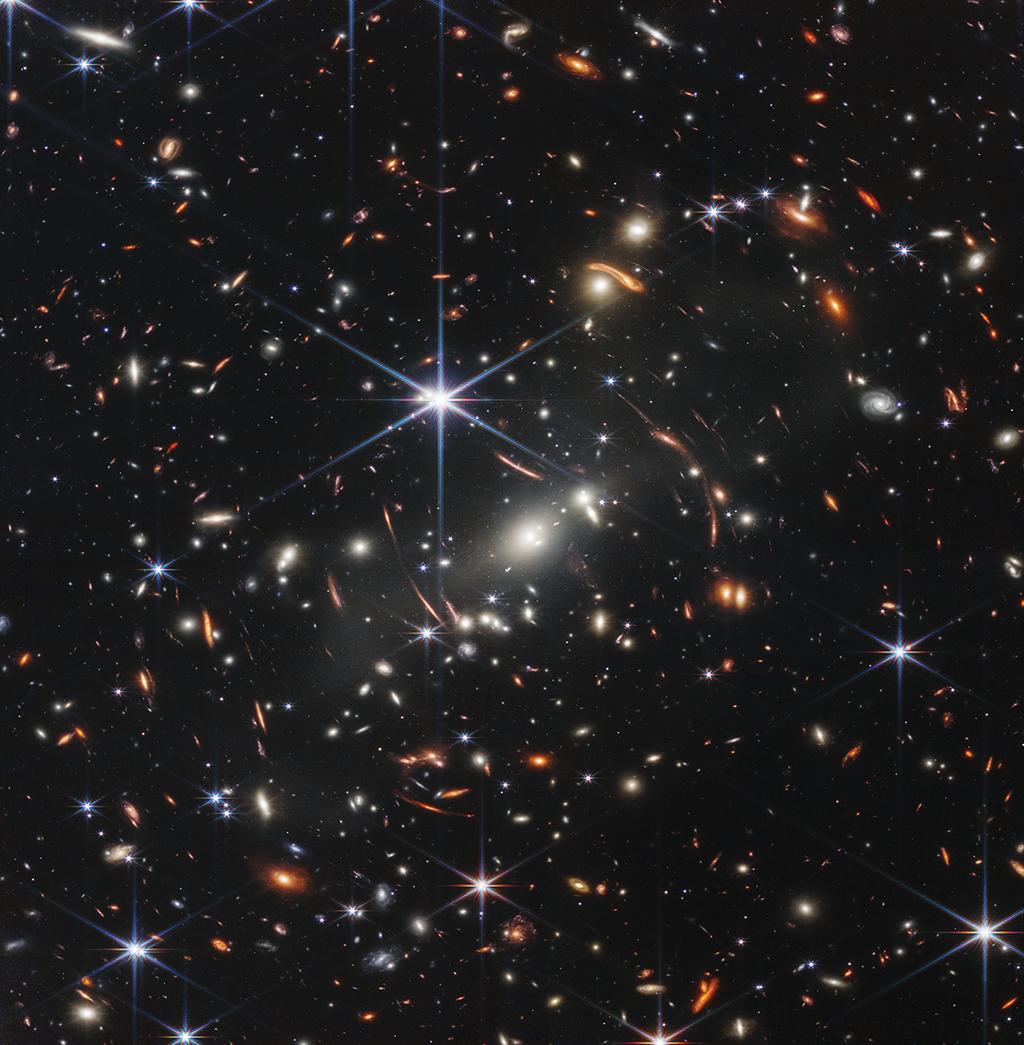What the James Webb Space Telescope Can See
July 12, 2022The $10 billion James Webb Space Telescope developed by NASA and Northrop Grumman—the largest, most effective, and most complex set of scientific instruments to be sent to space—is delving into the enigmatic architecture and origins of the planet and our role within it. Each of the Webb’s four scientific instruments has multiple modes of operation, using customized lenses, filters, prisms and specialized machinery that needed to be individually tested, calibrated and verified in their operational configuration in space before beginning to capture precise scientific observations of the universe. Anca Constantin, an astrophysicist and professor at James Madison University who studies black holes, anticipates that the Webb will peer through dust particles in space in ways that previous telescopes could not to see more planets, stars and galaxies. Here are the images of the five places the Webb has already visited and the beginnings of the lessons the Webb can teach us about the universe.
Editor's note: This post was updated to correct the spelling of Anca Constantin's name.
